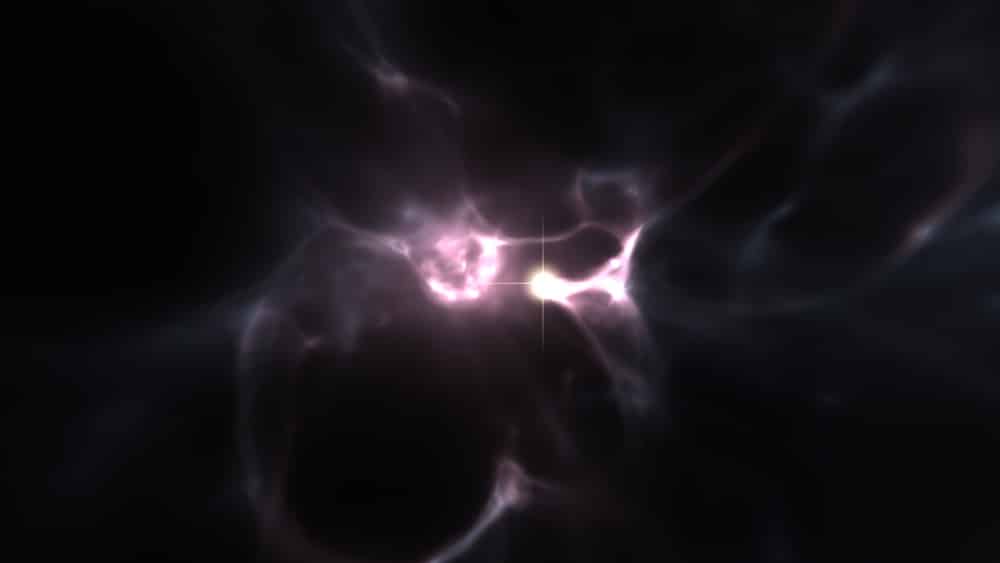High on the Antarctic Plateau, in one of the coldest places on Earth, a group of telescopes are peering through stellar dust clouds into the heart of our galaxy.
The cold helps counteract interference from the telescopes and surrounding equipment, which can hinder our ability to see relatively
‘cool’ objects in space, such as asteroids, young stars, and interstellar gas.








